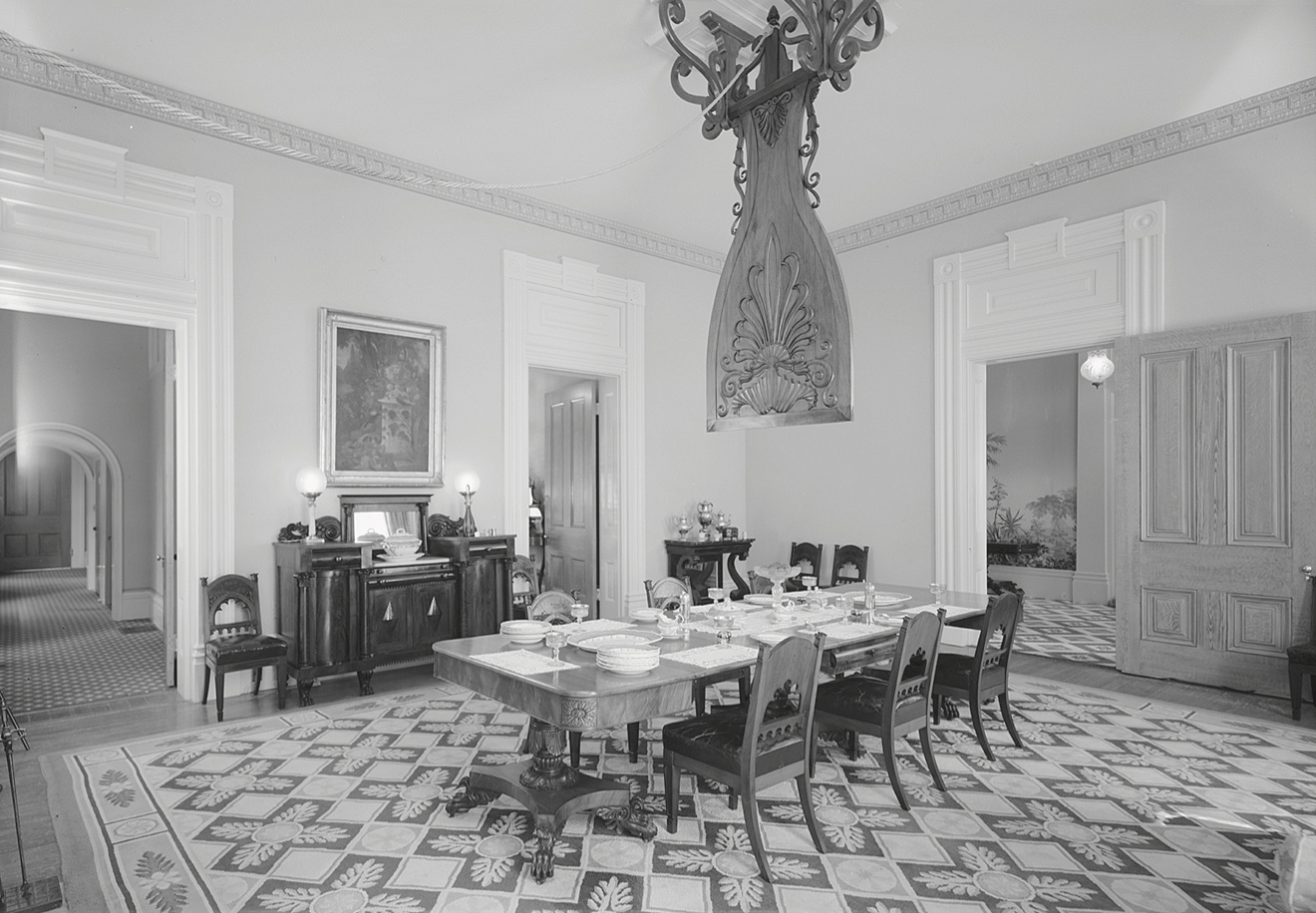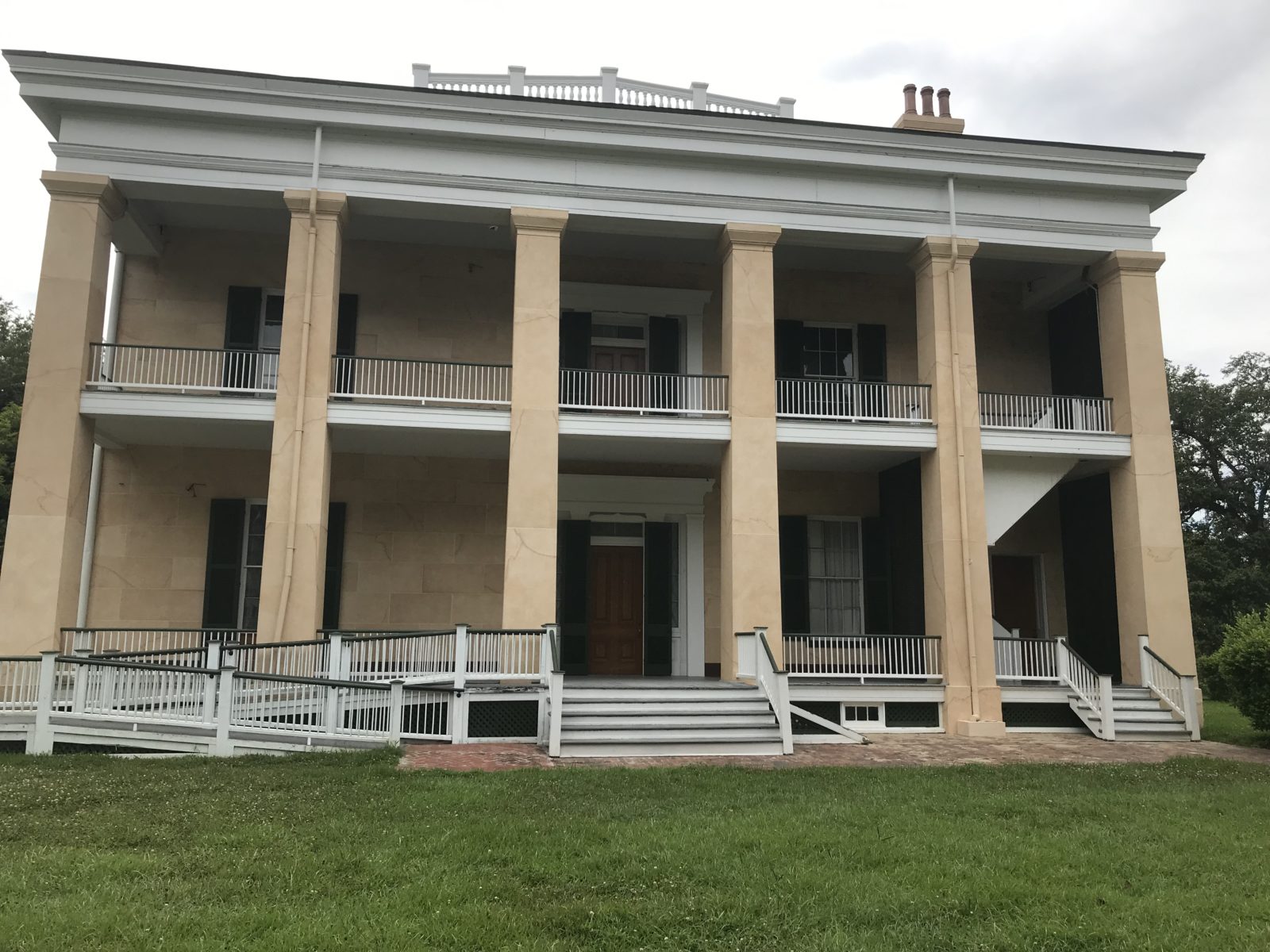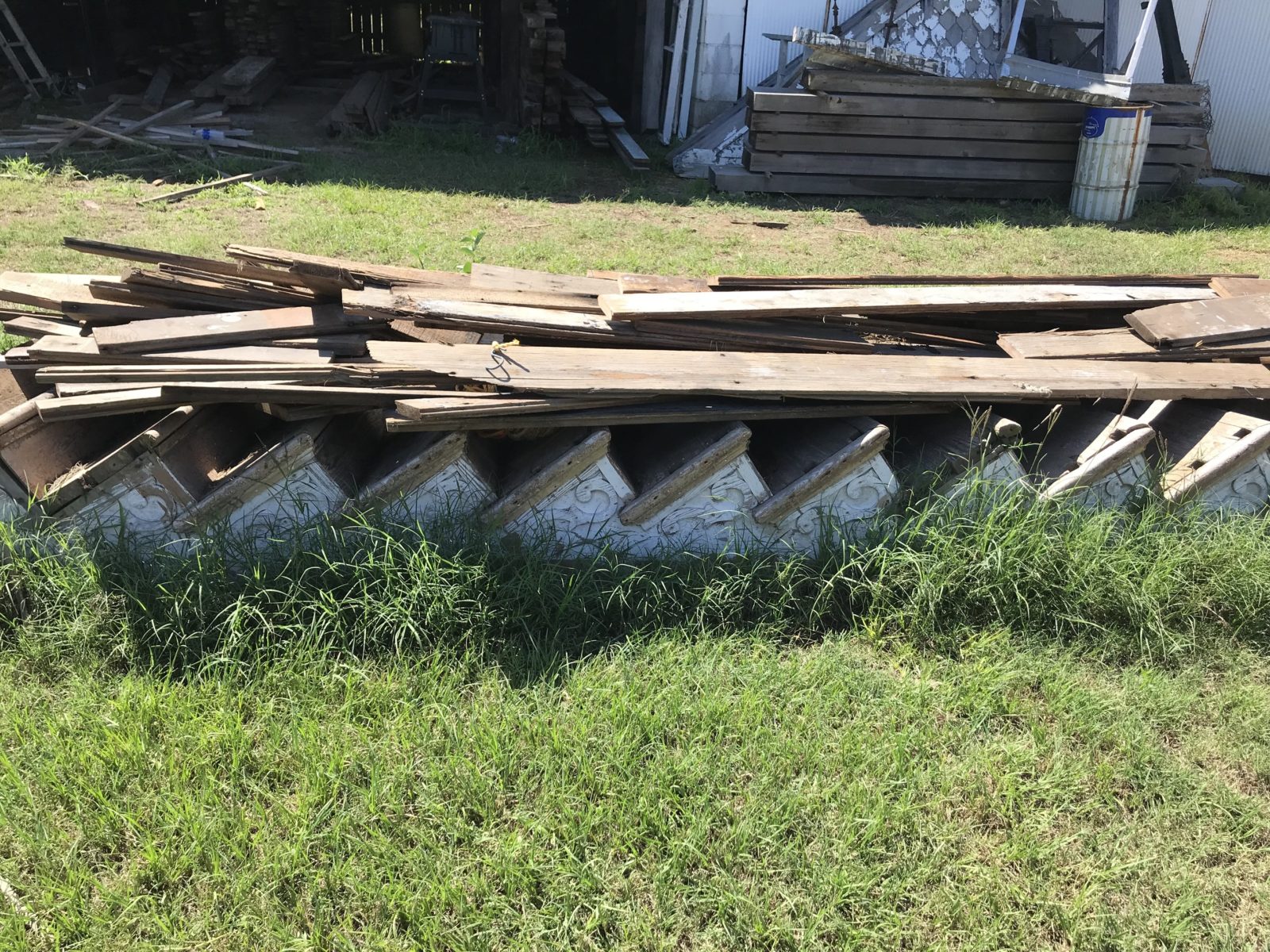Fanning Comfort
Popular in the American South during the 19th century, the punkah is a type of fan suspended from the ceiling, the motion of which was manually generated by a human operator—their labor visible in some contexts, deliberately concealed in others. Despite the questions this object raises about the separation of labor from the environment it serves, the punkah is often presented a decorative object in museum contexts. Aaron Richmond for Temporary continent. spoke to Field Station 5 contributor and artist Montana Torrey about how the punkah speaks to histories of both subjugation and liberation, and how we might relate such narratives to contemporary climate injustice.

The climate crisis accentuates the separation of comfort from the energy that makes it possible. I think of air conditioning units protruding from window openings in the heat of summer: the outdoor buzz emitted by the residential blocks contrasting with the cool relief inside. This entirely normalized exchange is, of course, only the first and most obvious step in a much broader set of abilities now at our disposal for concealing the true costs of lifestyle, leisure, and our own production. This prompts me to wonder now: is this complexity a ruse to dampen any political urgency that might follow from a more direct experience of our capacities for exploitation?
In her political writings, Simone Weil described apathy as the refusal to draw a connection between two things. Interestingly, it is metaphor that performs the exact inverse operation: carrying across (meta—beyond, pherein— carry) ideas and images into categories where they don’t ordinarily belong. This operation draws me to the work of Montana Torrey. As part of her Two Breezes project at Field Station 5, Torrey performs a simple intervention within the Melrose Plantation. She removes the historic punkah fan once hanging over the dining room table and places it on the walkway between the mansion and the quarters of the enslaved. In doing so, she removes this architectural artifact from its service to a history of a genteel South. By placing the fan outside, she performs a semiotic act— one that now challenges us to see this object in relation to new categories of power and comfort.
Torrey cites the work of historian Dana E. Byrd, who describes how British colonists in India used a rope and pulley system to separate the indoor punkah fan from the monotonous efforts of a punkah-wallah—a human operator—in another room. With few exceptions, when brought to the American South, this same contraption was reconfigured so that the source of its motive power, now an African-American enslaved, would be placed within the same dining rooms as the white plantation owners as a sign of their wealth. Drawing on first-hand narratives—including the autobiography of Booker T. Washington—Byrd recounts how, paradoxically, this history of subjugation also enabled the enslaved to inform and educate themselves about their masters thanks to their proximity and thus played an important role in the process of liberation.
What follows is an email exchange between Montana Torrey and myself on the histories of the punkah, and its relevance to the current moment. At time of writing, I had only visited the Melrose Plantation through its online imagery, and Montana was already back from Natchez and teaching full-time in Thailand. All images below are courtesy of the artist.
Main house at Melrose Plantation. By Montana Torrey
AR: I was interested in your working with the punkah— its history, and its contemporary relevance. I found your gesture of moving it outside to be quite meaningful even, when experienced remotely (I am in Montreal). It makes me curious about the history of comfort and the labor of another (or the costs of that comfort) being separated, at least visibly. I am curious if you have thoughts about this. Do you see there being contemporary punkah that are operative in other objects, technologies, infrastructures?
MT: The punkah visibly separates comfort and labor in a very distinct fashion. The punkah-wallah (or punkah operators) of British India were placed in separate rooms, with the punkah cord sent through a hole in the wall, so the punkah-wallah would not be seen. In the Antebellum South, the enslaved workers that operated the punkahs were present within the dining rooms, and, in contrast, became a part of the visual display of wealth for the planter elite. So yes, there are definitely these separations, but in completely different ways; one to hide labor and one to display labor.
In terms of contemporary punkahs, I think there are many parallels one could draw in regard to labor and climate inequalities, and spaces that they inhabit; however, the punkah itself is a very singular object. It is truly an architectural mutation arising out of colonial needs for adaptation, dominance, control, labor, and comfort. So, to answer the second part of your question, I am not sure that I see contemporary versions—however, an investigation of the punkah opens up many questions about the emergence and entwined relationships of colonialism and capitalism via a kinetic form of architecture. Also, this strange intermingling of architecture and forced labor in relation to environment may also make us think about current and future climate injustices and climate apartheid, and ways in which that space is separated.
AR: Was this part of the thinking behind your project?
MT: My thinking was more rooted in the spatial inequalities and dynamics that the punkah presented and trying to find new ways of reframing the body and the punkah within space. I wanted to take the stationary aspect of the punkah and remove it from the confines of the plantation interior, to create new ways of interacting with systems of control within the plantation landscape. I also wanted to see how museum visitors might interact with and relate to these new spaces.
Quarters of the enslaved at Melrose Plantation. By Montana Torrey
AR: Were there other elements of the actual experience, i.e. bringing the punkah outside, that were particularly meaningful to you?
MT: One of the most interesting aspects I noticed about moving the punkah outside was how it started to connect architectural spaces in new ways, such as the main house and enslaved quarters. The punkah was not just circulating air within an enclosed space as originally intended, but instead activating and connecting different sites. It also began to frame other spaces of labor differently, such as the dairy and the kitchen that flank either side of the main house. The punkah became more connected to the physical landscape by moving it outside, and the act of fanning was not just between the bodies of the participants, but also between entire spaces. For me, moving the punkah outside was also a way of breaking the time and space of this object, opening it up to new interpretations of its place within the plantation as a whole.
AR: For instance, in reading the work of Dana E. Byrd, I noticed that she was critical of the way in which the punkah was preserved historically, as though with some pride for the “noble south.” Have you encountered that same sentiment?
MR: Yes, I think that this is very true, especially in the Natchez region. This is also a city that has an annual pilgrimage to celebrate the nostalgia for the antebellum way of life: the houses, the grounds, the antiques, etc. are revered a glorified, whitewashed way. This makes up a huge amount of the tourism in Natchez and many of the people that are visiting these sites are also searching for a representation of the “genteel way of life.” Melrose Plantation has done a very good job of creating an educational perspective of the histories of the enslaved that labored on its grounds, but this seems rare. I visited another plantation museum in Natchez and the docent presented a “lost cause” narrative, so it seems many museums have a glorified version of “the noble south” built into their tours. Sadly, as Dana E. Byrd also states, the punkah is typically grouped into a decorative arts category that fails to comment on or mention the forced labor that it took to the operate the fan. Instead, the emphasis is only on the visual element.
An architectural warehouse storing fragments from old plantation houses, Natchez. By Montana Torrey



